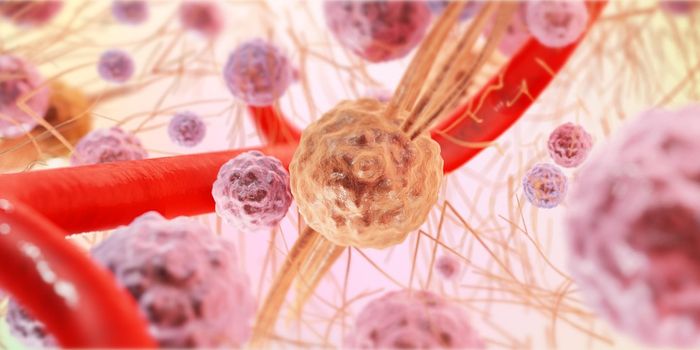Escape of the Tumor Cell
When it comes to cancer, the patient’s immune system can be a very helpful advocate to eliminate the disease if it is allowed to work correctly. Unfortunately for most, there comes a time when the immune system can no longer detect cancer, and therefore cancer can grow undetected. Researchers seek to discover the reasons behind this immune evasion. Identifying the mechanistic details behind this evasion provides an opportunity to reinstate the power of the immune system.
Researchers at the Luxembourg Institute of Health (LIH) have observed a previously unidentified mechanism that leaves tumor cells unharmed by natural killer cell-mediated cytotoxicity while studying breast cancer cell lines. The team sought out to evaluate the role of the actin cytoskeleton in breast cancer cell resistance to cytotoxic natural killer cells.
Natural killer (NK) cells are a subset of cytotoxic lymphocytes with essential roles in innate antitumor immunity. NK cells are white blood cells involved in the initial response of the immune system to a pathogen. NK cells can be quick in eliminating their targets because they do not require antigenic exposure to activate. The natural killer cells will recognize malignant cells by sensing a loss of the inhibitory MHC class I molecules (the “self” molecules).
To help the researchers understand how cancer cells evolve to aggressive states of disease, the team focused on the actin cytoskeleton and related signaling pathways in the context of breast cancer. Actin, as a component of the cells structure, is vital in maintaining the shape of the cells and their ability to move when required. Until this point, the contributions of the cytoskeleton have remained undefined concerning their role in immune evasion.
The ability of the tumor to escape the immune response is a major issue when considering immunotherapies. Dr. Thomas, a scientist, contributing to the work published in the scientific journal known as Cancer Research explains “when NK cells or cytotoxic T cells get in contact with target cells, a so-called immunological synapse is formed.” Dr. Thomas continues stating that “this contact interface allows NK cells to focus and release cytotoxic granules toward the target cells leading to their killing. It is well known that rearrangement of the cytoskeleton inside NK cells is necessary for the formation of the immunological synapse and granule release to the target cells.”
The work completed by the team shows, via high throughput imaging flow cytometry, actin concentrates at the immunological synapse between tumor cells and NK cells. This observation reveals a link between actin responses to NK cells and their resistance to their cytotoxic effects.
The team wanted to confirm their observations, so they performed a knock-out study of the genes associated with actin to remove them from the picture. This proved to eliminate the actin response and caused the cancer cells more susceptible to the effects of the NK cells. These results confirm actin responses are linked to the protection of cancer cells against the attack of NK cells.
The team is currently working to confirm that actin responses are allowing for local recruitment of immune-inhibitory ligands to alter the cytotoxic function of immune cells. Dr. Thomas remarks “we now need to investigate the molecular pathways that underlie the acting response and search for components that could be directly targeted by drugs.” The team is also now investigating whether or not the observations here can be applied to T cell cytotoxicity.
Sources: AACR, Science Daily, YouTube









